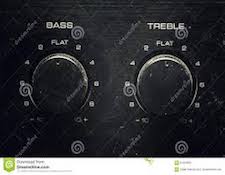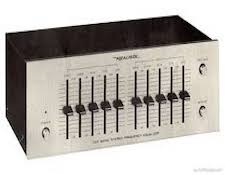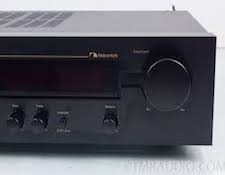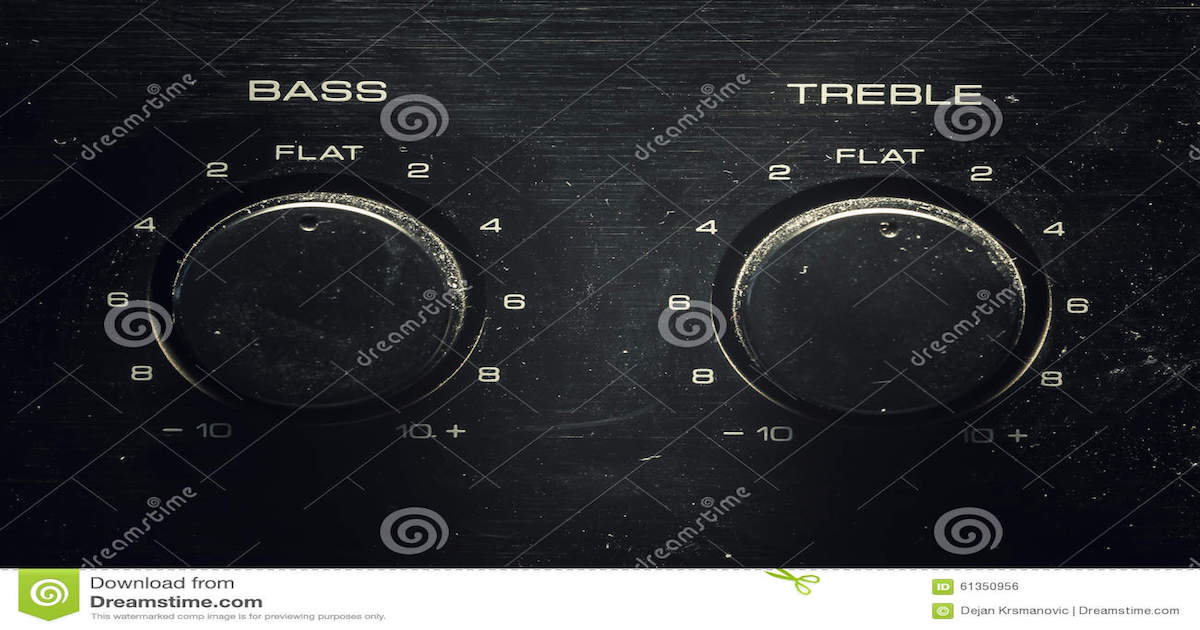It’s the time of year for saving money!
I once had a Nakamichi RE-1 Receiver that I thoroughly enjoyed. At the time of ownership, I felt it had a powerful amp although in retrospect I suppose it really wasn’t. Regardless, it brought me many hours of enjoyable listening. The day I bought it, I was filled with enthusiasm to get home, hook it up, and PLAY MUSIC! On the way home, and on a whim, I did an about face in the car, went back to the stereo shop, and bought the matching CD player. This was circa 1983, 84, I suspect? One of the things I liked about the receiver was the “loudness” button, oh, and tone controls – let’s not forget them.
 There are any number of reasons for tone controls. Perhaps most obviously is they help compensate for deficient recordings. If the song is a little shy in the bass response, a simple twist of the bass knob will facilitate acting as an equalizer, so to speak. Of course, some components back then actually had equalizers, and some even do today, although I would more closely associate that particular feature with lower priced equipment sold in big box stores – at least to a point and not including equalizers in software programs.
There are any number of reasons for tone controls. Perhaps most obviously is they help compensate for deficient recordings. If the song is a little shy in the bass response, a simple twist of the bass knob will facilitate acting as an equalizer, so to speak. Of course, some components back then actually had equalizers, and some even do today, although I would more closely associate that particular feature with lower priced equipment sold in big box stores – at least to a point and not including equalizers in software programs.
In the Nakamichi promotional brochure, the tone controls were actually mentioned as a benefit, allowing the listener to – “make subtle corrections at frequency extremes without altering the midrange.” I would constantly be jumping up and down from the couch to “micro manage” the bass and treble based on whatever song was playing at the time. There is also the notion that tone controls, back in the day, helped compensate for less than adequate speaker designs.
Tone controls could also be called “loudness” controls. Their primary design was to compensate for changes in frequency response the ear hears at different loudness levels (or perhaps better termed amplitude). Unfortunately, these types of controls cannot universally account for the varying design and efficiency of speakers, room acoustics and other systemcomponents. So as I gradually increased the volume on my RE-1, any noticeable difference made by the tone controls became less and less perceptible. On some level, we can thank Fletcher & Munson for being able to recognize that fact and understand the principals behind why it works that way.
 Today, many audiophiles see tone controls as either unwanted and unnecessary or conversely, something to improve the sonic character of the music. There is also that audiophile mantra of staying absolutely true to the song and the recording itself. Having a highly resolving system allows the listener to really hear differences in the detail and quality of recordings. So as the years have gone by, tone controls have, little by little, mostly faded from the high performance landscape – especially in higher priced components. This, of course, begs the question, why utilize them at all – particularly in modern high performance applications?
Today, many audiophiles see tone controls as either unwanted and unnecessary or conversely, something to improve the sonic character of the music. There is also that audiophile mantra of staying absolutely true to the song and the recording itself. Having a highly resolving system allows the listener to really hear differences in the detail and quality of recordings. So as the years have gone by, tone controls have, little by little, mostly faded from the high performance landscape – especially in higher priced components. This, of course, begs the question, why utilize them at all – particularly in modern high performance applications?
Today, and possibly taking a queue from more expensively priced equipment, a growing number of components in the lower price ranges don’t have any tone controls. As the suggested retail price of things like preamplifiers increase, tone controls, and even balance controls have increasingly become almost a bygone appendage. My preamp, in no way considered a “budget” device, does have a balance feature but tone controls? – not so much. And that’s okay.
 As I’m guessing is common amongst most audiophiles, I actually prefer hearing the music recreated by my audio system as closely as possible to how it was recorded. Hearing differences in recordings has become, for me, a feature and benefit I have grown to admire and one I look to detect. I actually want to hear the detailed differences in each recording, from good to bad, so I can assure myself that my system is still performing to peak performance. I also have grown to find displeasure in a homogenized, consistent sounding musical presentation where every recording, whether digital or analog, sounds essentially the same. I have paid for the opposite and that’s what I expect and demand.
As I’m guessing is common amongst most audiophiles, I actually prefer hearing the music recreated by my audio system as closely as possible to how it was recorded. Hearing differences in recordings has become, for me, a feature and benefit I have grown to admire and one I look to detect. I actually want to hear the detailed differences in each recording, from good to bad, so I can assure myself that my system is still performing to peak performance. I also have grown to find displeasure in a homogenized, consistent sounding musical presentation where every recording, whether digital or analog, sounds essentially the same. I have paid for the opposite and that’s what I expect and demand.
As it is in most things related to high performance audio, tone controls are one more conundrum among any number of debatable issues. Some will see them as a valued feature allowing the user to augment deficient sonics. Others will see them as yet another in the list of alterations devolving audio purism. Needless to say, the purist vs. non purist approach will likely have many viewpoints – just as most any of the various debates swirling around in high end audio. Which side of the coin is the more correct and provokes the least intrusion? That, I suppose, depends on the system, the recording, the room, and the foibles of the listener. So, tone controls – valued benefit or a bygone appendage? Fortunately, its dealers’ choice.








